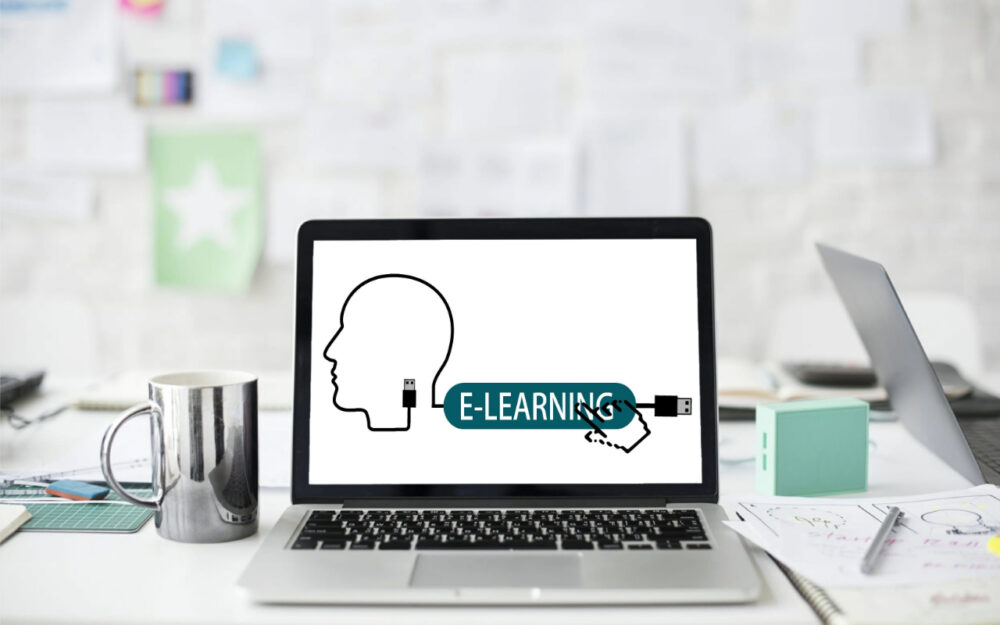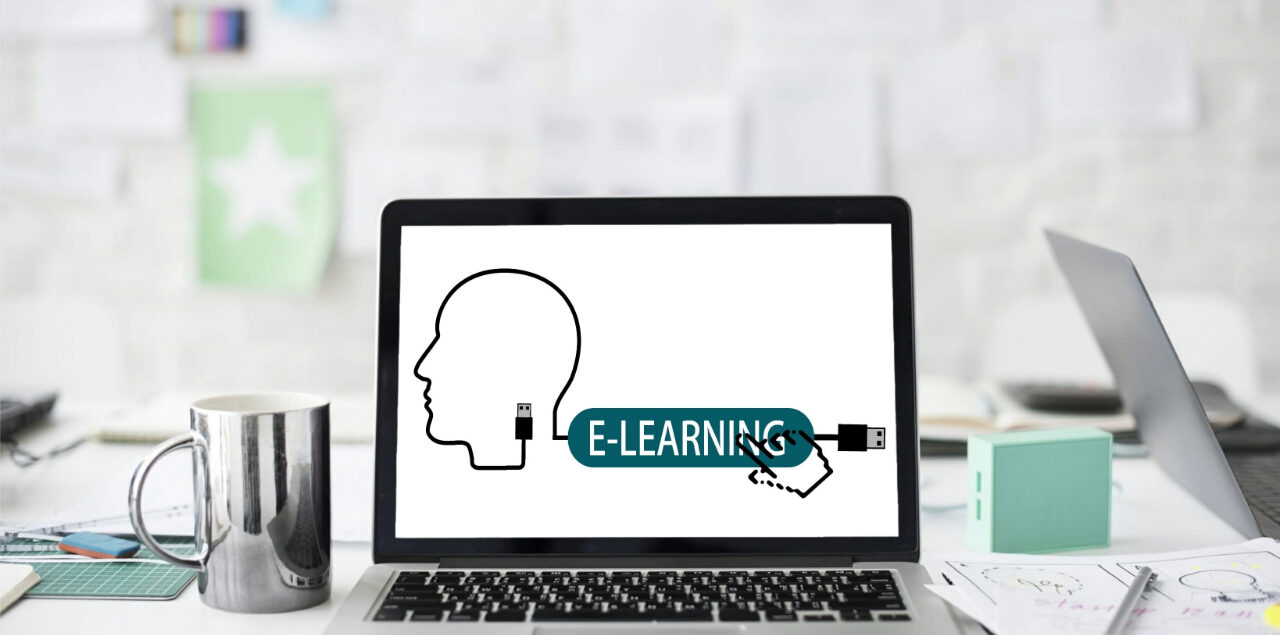E-learning: Expectation vs. Reality

The Expectations vs Reality of E-Learning
Education, no matter the tactic of delivery, is dear and time-consuming. Compared to traditional classrooms and education, online learning is sort of a singular experience for those that are wont to learn face-to-face.
Two of the best issues that students come to understand after starting their e-learning journey are addressed during this article.
Student Retention
A problem that will be observed about online education is student retention. Consistent with a study published on Online Learning, the exposure of scholars throwing in the towel of online courses is significantly above traditional courses. Compared to traditional classes, online classes don’t offer an equivalent learning environment and therefore the need for self-discipline is significantly more intense. Students taking online classes are especially more likely to drop out if the web classes are for electives or to satisfy a distributional requirement.
Accreditation
Recently, the difficulty of scholars enrolling in non-verified degree programs online surfaced. Many students found themselves with worthless degrees after studying at a web school, which wasn’t accredited and legitimized. That resulted in them wasting their time and money without being any better prepared for his or her professional or academic lives. E-Learning solutions help organizations to offer personalized care to students and appearance after the precise needs of the learners. Tutors get the liberty to make interactive, customized lessons for the learned simply and keep the learner engaged individually and this personalization is a very simple way.
Complex and Increases the overhead
Many Teachers consider e-Learning solutions as complex and time-consuming, as they think it takes tons of effort and time to make and maintain content in an e-Learning solution. However, it’s not reality.
Uploading content/courses on e-Learning solutions are as easy as the other social media platform. Teachers can create content once and may use it repeatedly, year after year, and also enhance it at a later stage. A good deal of online learning solution providers has auto-correction features that assist the scholars to urge instant scores and reduce the time spent in the manual correction by the teacher.
Conclusion
Although e-learning may be a relatively unfamiliar concept for many people, its advantages are undeniable. The accessibility for non-traditional students, the choice to follow a customized pace and therefore the lower costs are benefits that will probably overcome the disadvantages of online education.

